“`html
Traditional Financial Services Catch the Super App Bug
If the likes of Amazon Pay, PhonePe, and Paytm tried to go the super app way in the first fintech wave, traditional financial services are taking a stab at it now. Financial giants like Aditya Birla Capital, Angel One, and Muthoot Fincorp are building one-stop applications for a wide array of financial services. This shift comes at a time when large conglomerates such as Reliance Industries and Tata Group have already established digital platforms that integrate shopping, payments, and credit services under one roof.
Aditya Birla Capital’s Digital Platform
Aditya Birla Capital introduced its omnichannel direct-to-consumer platform, Aditya Birla Capital Digital, last month. This platform offers 22 products and services, including Unified Payments Interface-based transactions, bill payments, and online recharges, in addition to financial services like loans, insurance, investment options, and personal finance tracking tools.
The platform aims to attract 30 million users within the next three years, according to Aditya Birla Group chairman Kumar Mangalam Birla. The super app also features its own range of products, including a portfolio consolidator and spend analyzer, catering to various customer needs through a single platform.
- Unified Payments Interface-based transactions
- Bill payments and online recharges
- Loans, insurance, investment options
- Personal finance tracking tools
- Portfolio consolidator and spend analyzer

Muthoot Fincorp’s Super App
In August 2023, Muthoot Fincorp launched Muthoot Fincorp One, a platform to offer MSME and gold loans, investments in products such as digital gold and non-convertible debentures (NCDs), insurance products, and options for utility and loan payments—all on a single platform. According to Chief Executive Shaji Varghese, the application has been downloaded by about 1.23 million customers and is showing promising usage rates, with over 600,000 users monthly.
“We need a good fusion of both physical infrastructure and digital. So, we believe we need ‘phygital’ as the required strategic impetus…All products and services that we offer in the branch will eventually come under the same platform,” Varghese said. The company invests more than Rs 100 crore annually to enhance its technology, including the super app.

Angel One’s Multi-Service Platform
Angel One, a stock broking platform, said during its last quarter earnings call that it is in the process of adding new products to its super app, such as consumer credit and fixed income products, which are currently in beta testing with select clients. The Angel One super app provides services like online trading and investing, direct mutual funds, sovereign gold bonds, and NCDs.
“We believe the time has come that we have to leverage our super app platform where we offer multiple services to customers to increase their lifetime value and engagement on our platform. So, because of that, we will see lots of active customers,” said Dinesh Thakkar, chairman and managing director of Angel One.
According to the company’s quarterly presentation, increased digital engagement results in a higher number of clients becoming active over time. Approximately 54% of clients acquired in FY21 became active over the following four years across various segments on its platform.

Regulatory Challenges
Navigating the intricate regulatory environment of financial services can sometimes pose challenges for numerous super apps, particularly spanning various sectors and regulatory entities. “For us, regulation is an empowerment so that we know the scope and the boundary within which we have to operate. Given that there are various regulations, each business develops the needful compliance and regulatory environment within the organization first, and then they do business. This is in the larger interest of both the customers and the industry,” Varghese said.
Traditional financial services catching the super app bug illustrates the convergence of various financial services onto a single platform, a trend previously observed in the fintech sector. The incorporation of multiple services into one application aims to make financial management more accessible and seamless for consumers. This aligns closely with the themes discussed in our previous articles on machine learning and AI, such as the Solana Price Prediction for End of 2024, which highlighted the growing importance of integrated and intelligent systems.
As these traditional financial services adapt to the super app model, it is imperative to consider the regulatory landscape and strive for a balance between digital innovation and compliance.
Focus Keyphrase: Traditional Financial Services Super Apps
“`

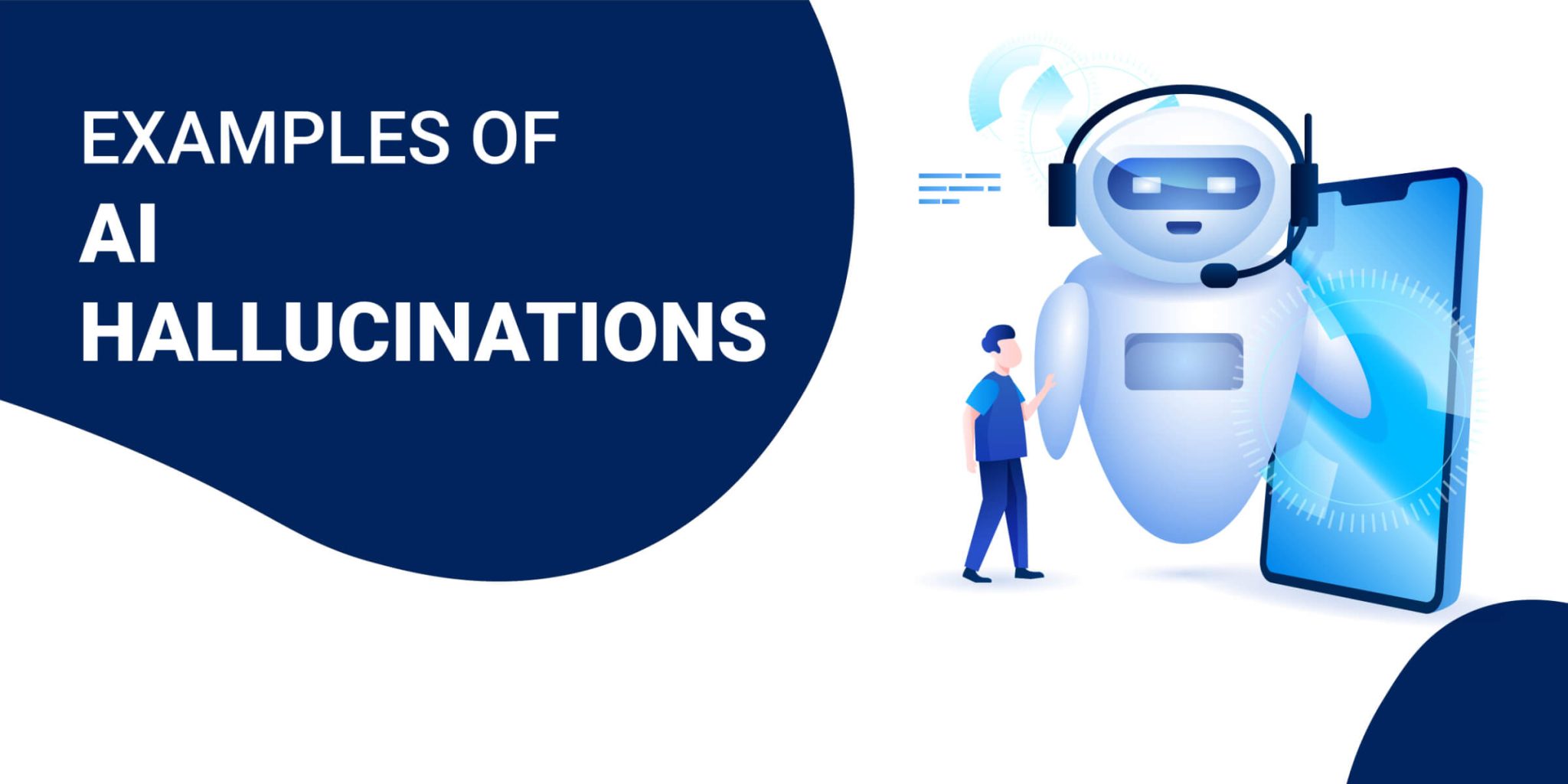

 >
>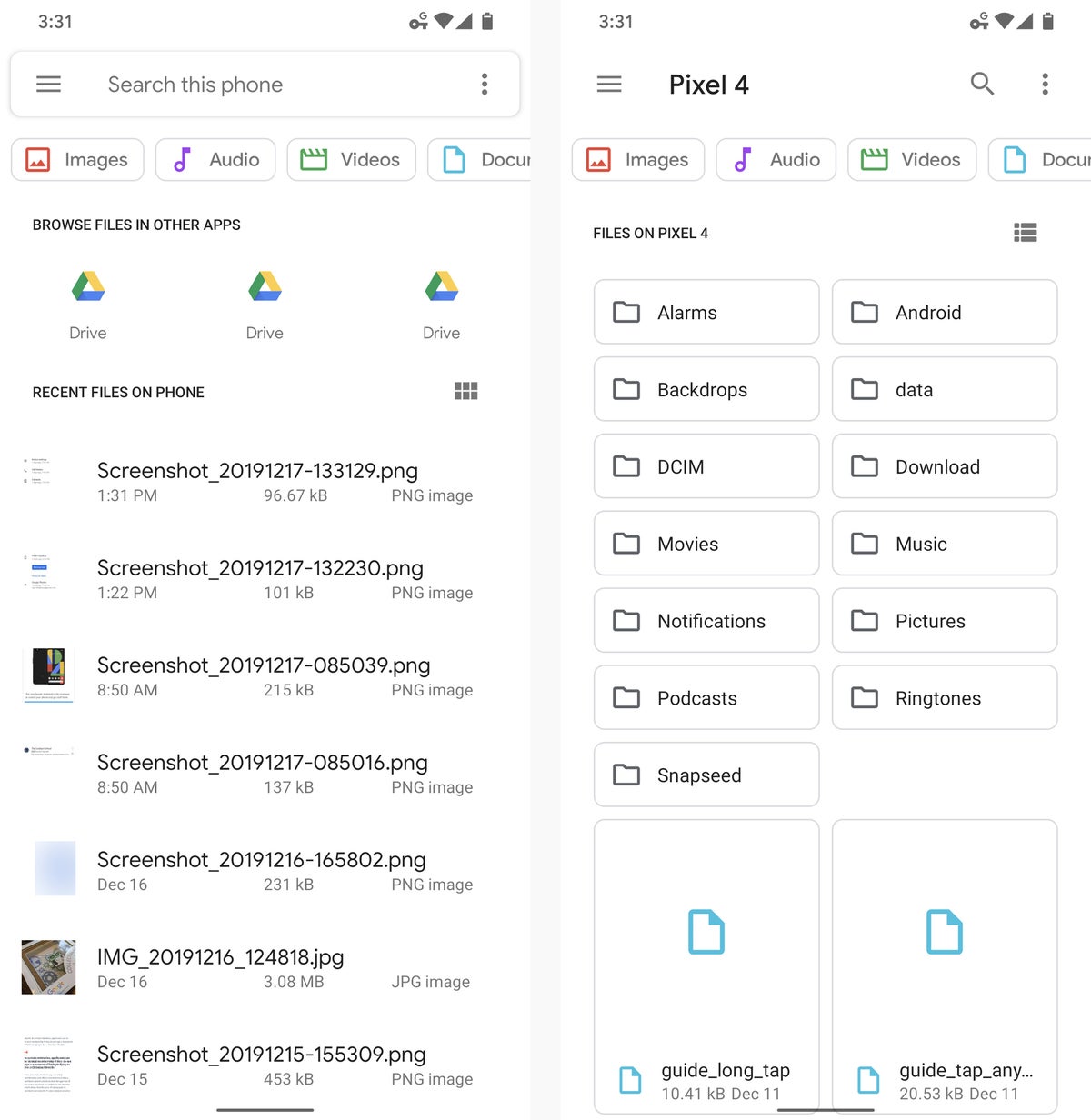 >
> >
>
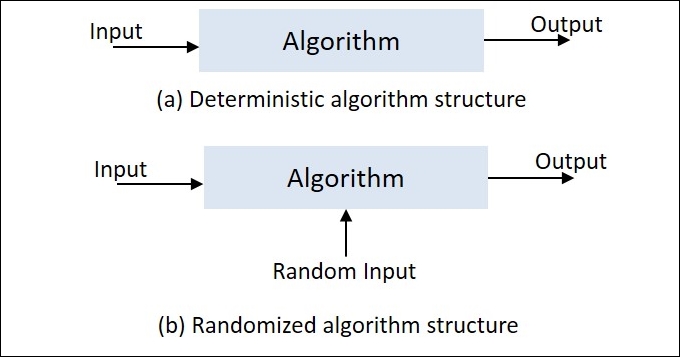
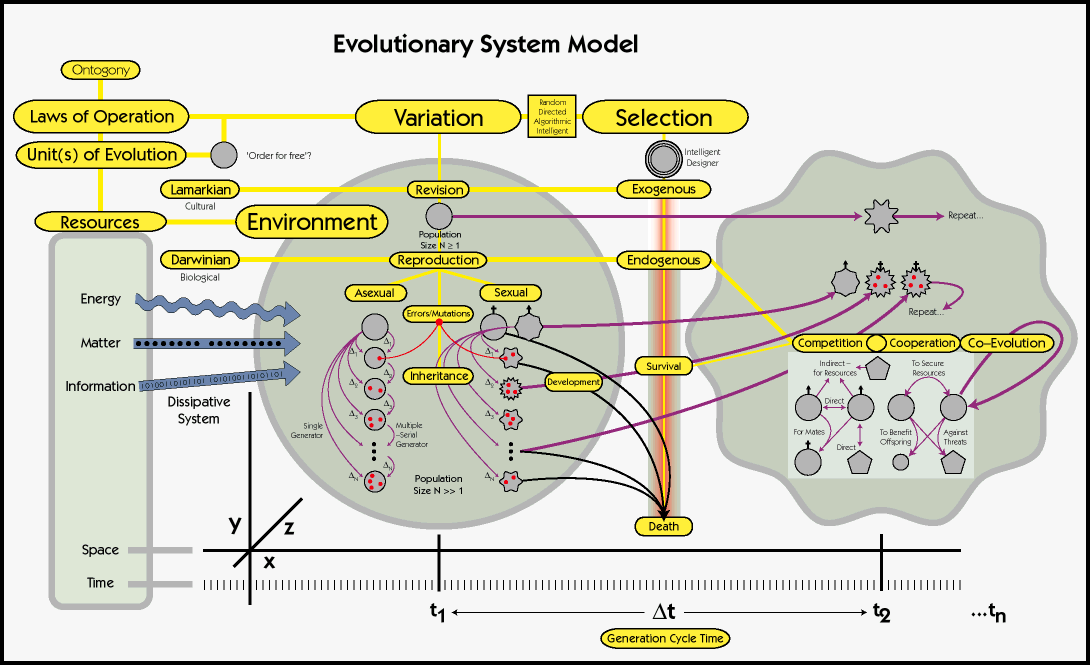





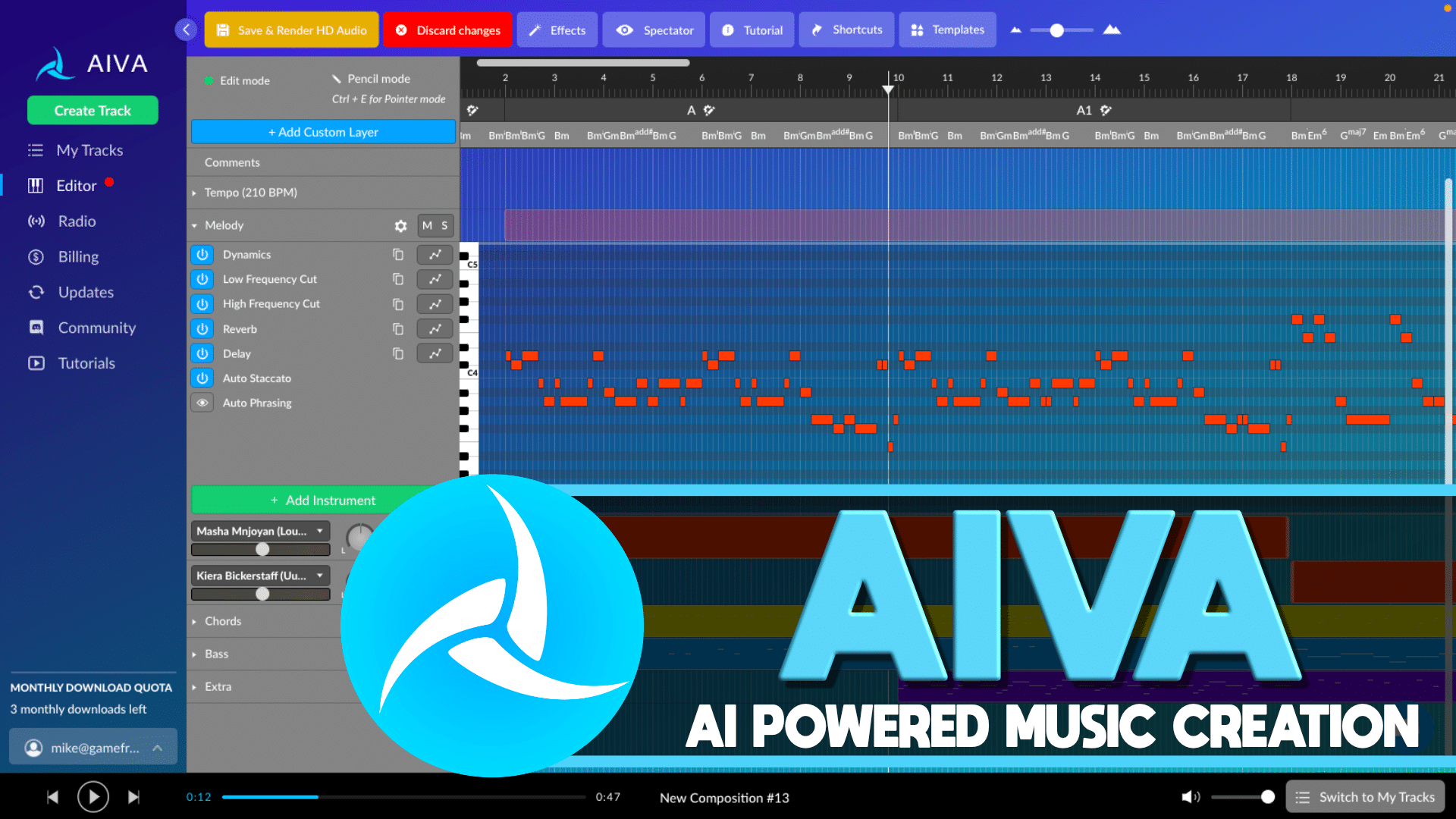
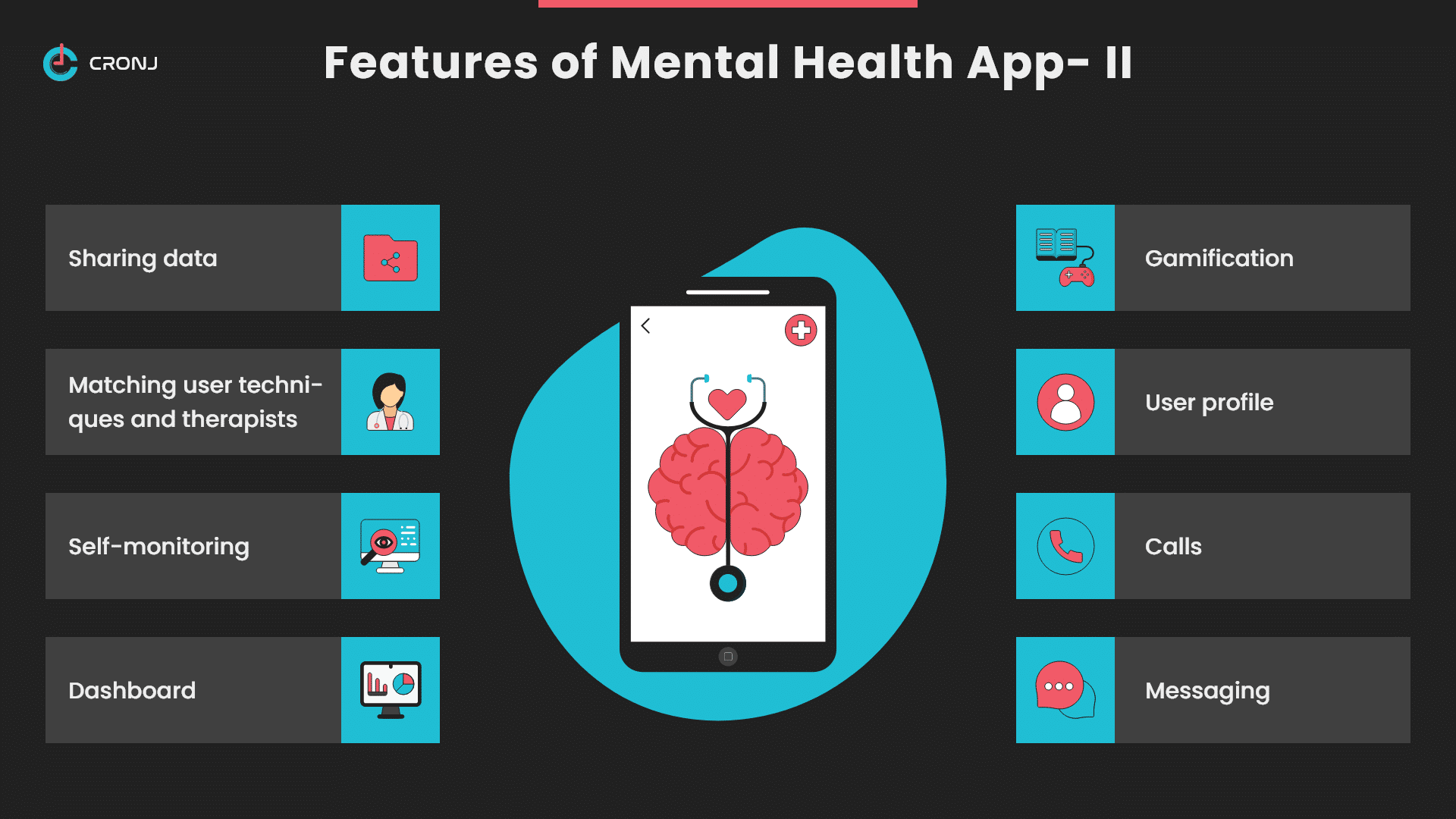
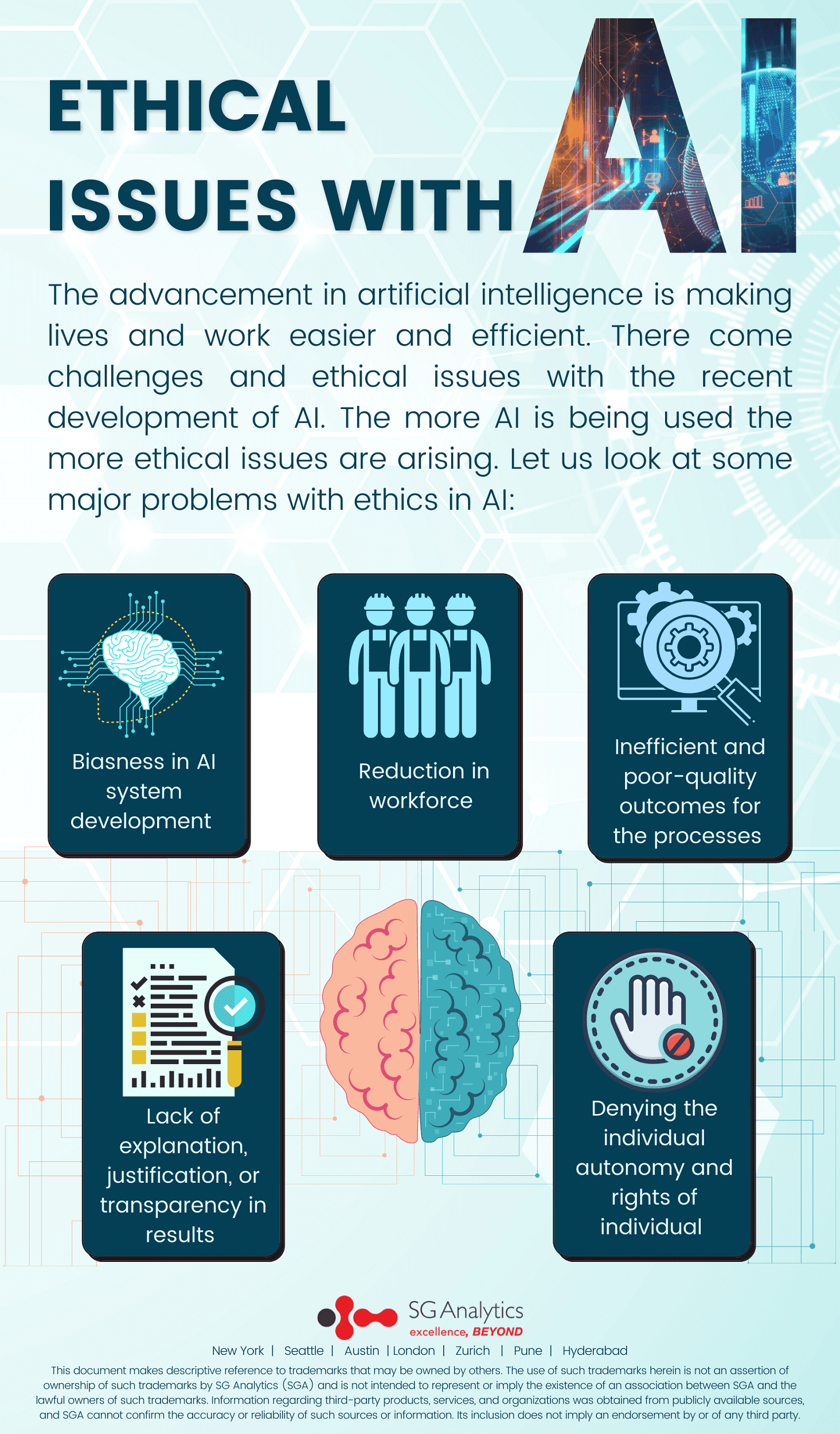
 >
> >
>
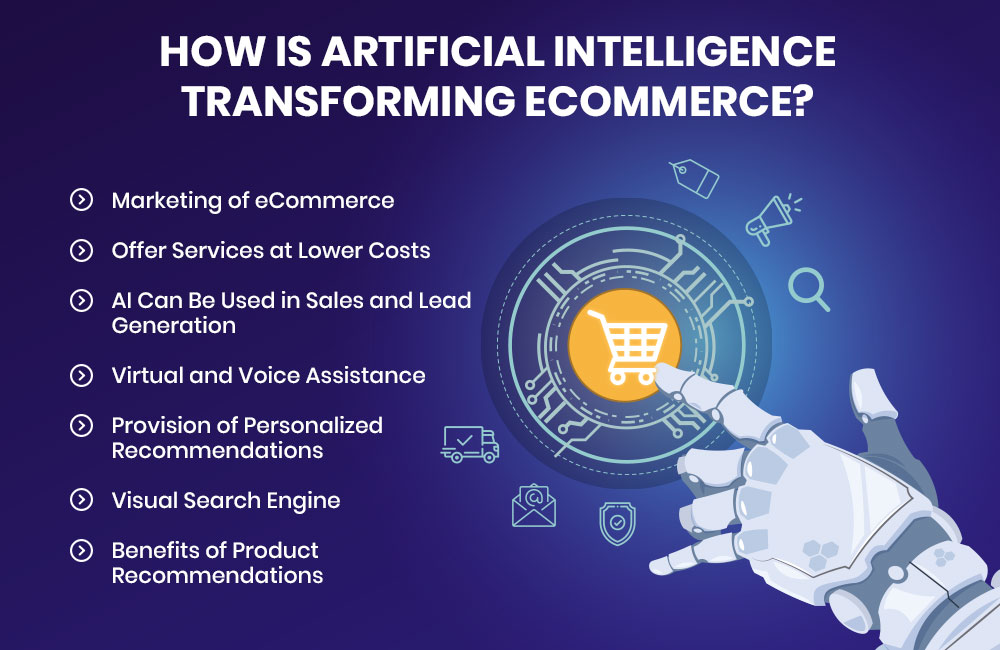 >
>